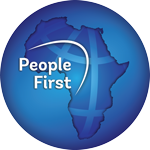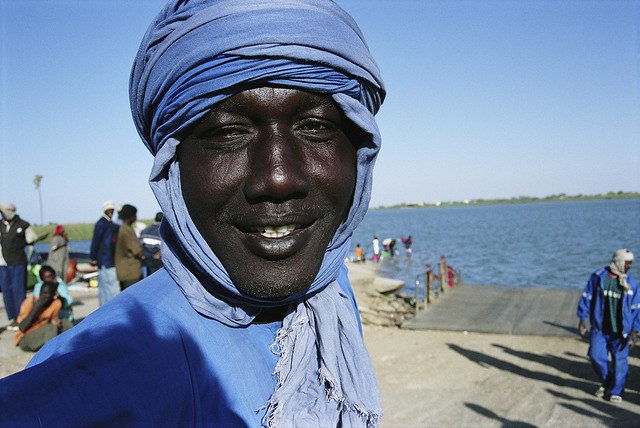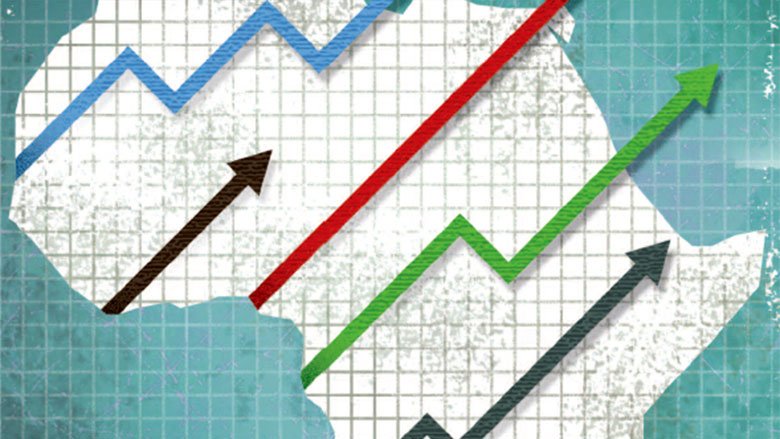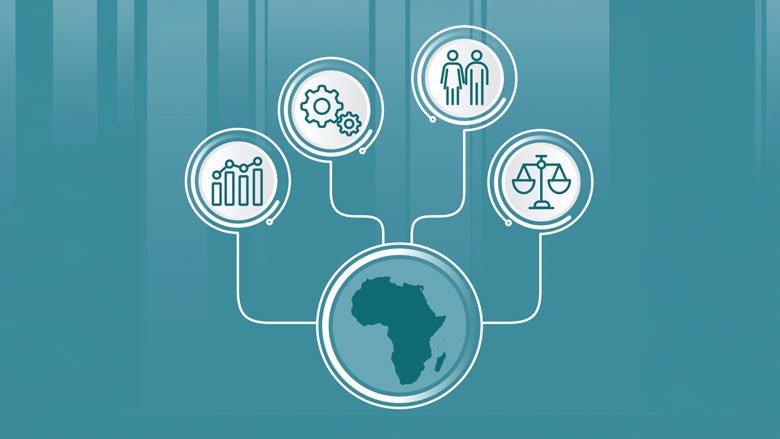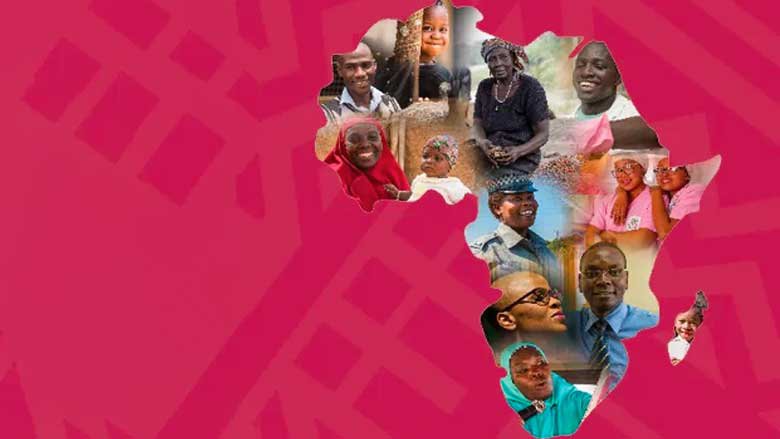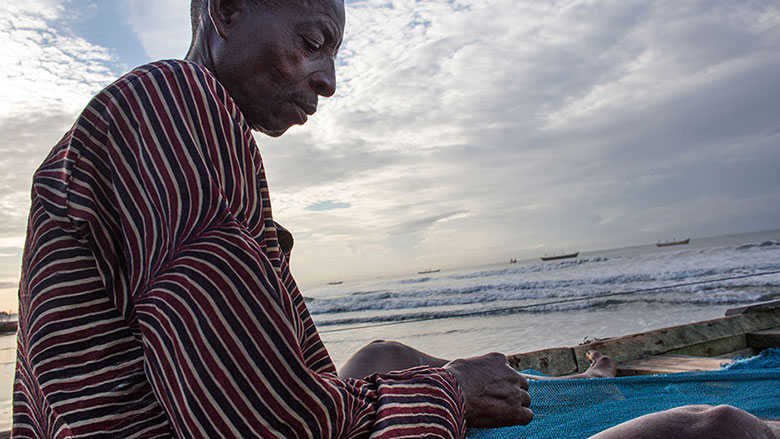The Republic of Congo (Congo-Brazzaville), located in Central Africa, covers 342,000 km2. Its population of 5.7 million people is largely young, with 47% being under age 18. More than half of the population lives in its two main cities — Brazzaville and Pointe-Noire. The country is one of the least densely populated in Africa, with 14.8 inhabitants per square kilometer.
Covered mainly by tropical forests, the Republic of Congo, is home to one of the largest areas of tropical peatlands, a fragile ecosystem that plays a crucial role in climate regulation. The oil sector accounts for about half of the country’s gross domestic product (GDP) and 80% of its exports, ranking it as the third largest producer in Sub Saharan Africa. The country also has a wealth of mineral resources that remain largely untapped.
Political Context
President Denis Sassou Nguesso was reelected in March 2021. He led the country for the first time from 1979 to 1992, returned to power in 1997, and has won all elections since 2002. The current Prime Minister Anatole Collinet Makosso who was appointed in May 2021, is leading a government whose priorities include institutional, economic, financial, social, and inclusive governance.
Social Context
With a human capital index (HCI) of 0.42, the Republic of Congo is behind the average of 0.48 for its peers Low Middle-Income Countries (LMICs). The country has made modest improvements in health and education on the Human Development Index (HDI). Infant mortality remains high at a rate of 32 deaths per 1,000 live births. By the end of primary education, only 37% of children achieve the required proficiency levels in math and 48% in French. Access to electricity stands at 67% of the population in urban areas compared to just 12.4% in rural areas. Access to clean water is another area where potential improvements could be made; 74% of the population has access to a clean water source, but this is significantly lower in rural areas at 46%, despite the country’s considerable hydrological resources.
The dynamics of social exclusion and drivers of fragility in the Republic of Congo are multidimensional and further exacerbate by poverty and inequality. These issues go beyond the spatial disparities between urban and rural areas, and they are exemplified in the divide between population groups, with women, youth, persons with disabilities, and indigenous people (IP) being the most vulnerable. In 2021 international gender inequality index, the Republic of Congo was ranked 147 out of 170 countries, highlighting the extent of gender-based inequalities. Youth unemployment has also increased over the years and has reached around 42% which puts additional strain on the country’s fragility and social challenges.
Economic Context
Economic activity in Congo is estimated to have increased by 1.9% in 2023, compared to an estimated 1.5% in 2022, driven by the non-oil sector. However, real Gross Domestic Product (GDP) per capita growth remained negative in 2023 and poverty incidence consequently increased slightly to an estimated 46.8% of the population.
The ongoing fuel subsidies reform is helping to maintain fiscal surpluses, but also contributed to a temporary increase in inflation in 2023, which reached 4.3%. Food inflation decelerated in 2023 but remains elevated at 4.3%, which is likely to continue to affect the poorer segments of the population more as they typically spend a higher share of their household budget on food.
Higher oil prices, improved debt management, and debt restructuring agreements helped restore debt sustainability in the second half of 2021. However, the Republic of Congo remains in debt distress due to the ongoing restructuring and audit of domestic arrears as well as the recurrent accumulation of temporary external arrears.
GDP is expected to grow at a rate of 3.5% in 2024 and 3.4% on average in 2025-2026. Although debt vulnerabilities remain elevated, the debt-to-GDP ratio is projected to decline to 81% by 2026 (from 96% in 2023). The economic recovery remains fragile and subject to downside risks, including volatile oil prices and unsteady oil production, weaker-than-expected global demand, a further tightening of global or regional financial conditions, adverse weather conditions and delayed structural reforms implementation.
Last Updated: Apr 08, 2024


